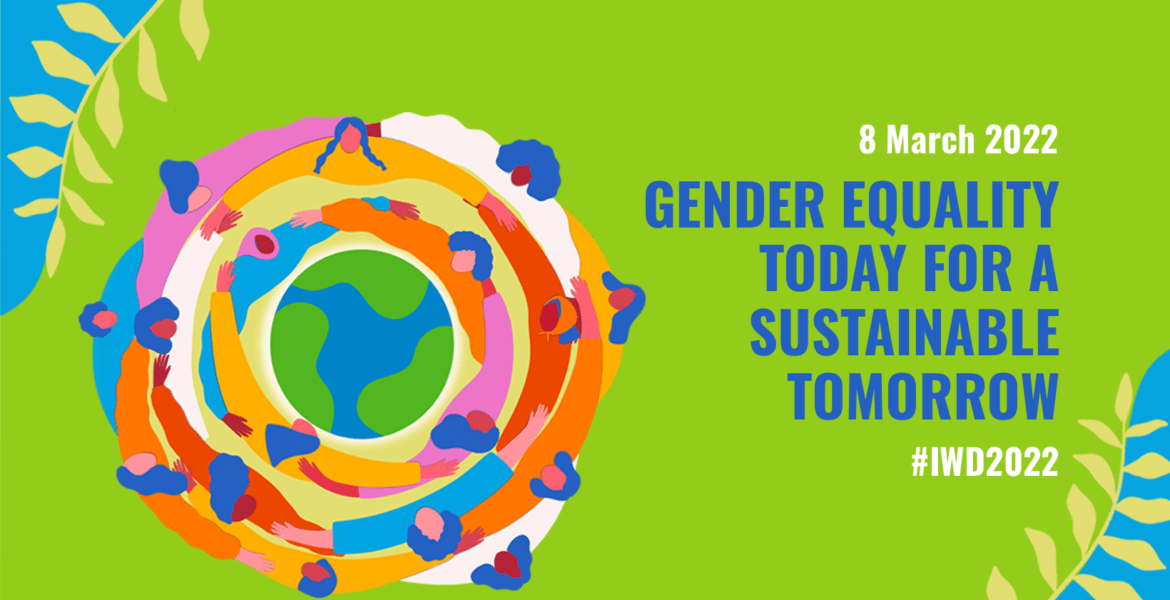Today, 8 March, 2022, the world celebrates International Women's Day with the theme for IWD 2022 being “Gender equality today for a sustainable tomorrow”, recognizing the contribution of women and girls around the world, who are leading the charge on climate change adaptation, mitigation, and response, to build a more sustainable future for all.
According to the latest data from Eurostat, in the third quarter of 2021, there were more women than men working in activities for households (e.g. maids, valets, caretakers, etc.) or in own-use production (88%), human health and social work (78%), education (72%), other service activities (64%), accommodation and food service activities and financial and insurance activities (both 53%). However, women made up only 10% of workers in the construction sector and 13% in the mining and quarrying sector.
In terms of occupations (according to ISCO), in the third quarter of 2021, women were over-represented among clerical support workers (66%), service and sales workers (63%), professionals (54%) and people with elementary occupations (53%). By contrast, women only represented one-tenth of craft and related trades workers (11%) and of workers in armed force occupations (10%).

Spotlight on developments in the last decade
Since the third quarter of 2011, the share of women increased the most in the activity sector of electricity, gas, steam and air conditioning supply, rising from 22% to 28% (+ 6 percentage points). The sharpest increase occurred during the COVID-19 pandemic, with a rise of 4 percentage points in the share of women in this sector between Q3 2019 and Q3 2021. The share of women managers also increased between Q3 2011 and Q3 2021 but to a lesser extent (from 33% to 35%), as did women among professionals (from 52% to 54%).
In contrast, compared with the third quarter of 2011, the two largest decreases in the share of women were recorded in the activity sector of agriculture, forestry and fishing (from 39% to 31%) and among skilled agricultural, forestry and fishery workers (from 37% to 29%). Elementary occupations also saw the share of women decreasing but less drastically (from 56% to 53%).



